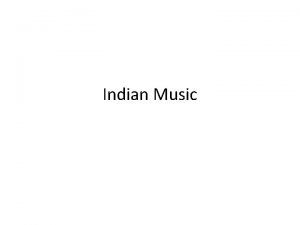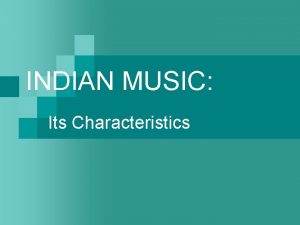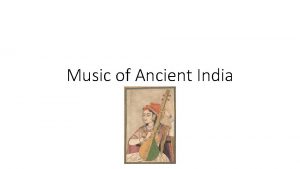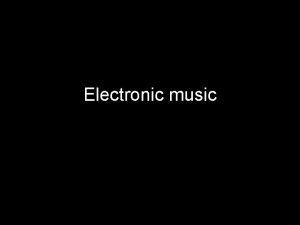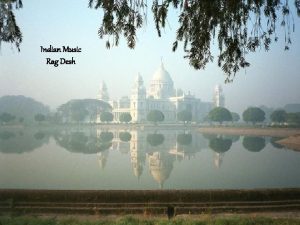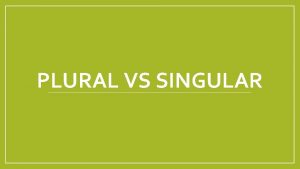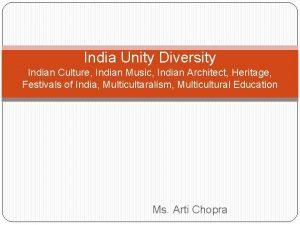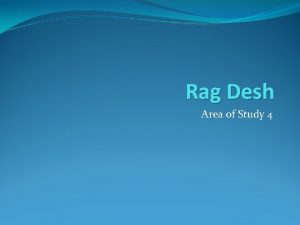Indian Music What is a Rag Rag singular







- Slides: 7

Indian Music

What is a Rag? • Rag- singular • Raga- Plural • Rag is not a melody or scale, or key, but a combination of all three. • Each rag has – an ascending and descending pattern of notes, which are not necessarily the same as each other – A set melody (gat) – A set time of day for performance – Rules regarding improvisation of the notes – A tal

Instruments • • Sitar Sarod Sarangi Tabla Harmonium Tanpura Shehnai Bansuri

Music System of Indian • The music system is know as the sargam and is similar to the western sol-fa system. • Although the sargam is a form of notation, is it very simple and would never be used in performance. • The tonic note is know as SA and is used in the drone. • SA can be any pitch. • The seven degrees are – SA RE GA MA PA DHA NI SA • Sometimes abbreviated to – SRGMPDNS • MA can be sharpened (tivra) this would be shown as a line above the note • RI , GA, DHA and NI can be flattened (komal), this would be shown as a line below the note. • A dot above the note means an octave above. • A dot below the note means an octave below.

• Alap The Structure of the Rag – The slow opening performance – An instrument plays solo – Notes and phrases of the Rag are introduced and explored. – The music has no pulse. – Lots of ornaments on the notes. – Starts low and slow gradually gets higher and faster before pulse is introduced. • Jor – Another improvised section – Regular pulse introduced – Moderate Speed • Jhalla – The beginning of the “final section” – Metre and tal introduced. – Gat is performed • Gat – Memorised composition based on the notes of the Rag. – This is then developed upon to become more exciting in rhythm until a climax is reached, at which point the tabla and sitar may use question and answer phrases before the final playing of the Gat to finish.

Tal • • Tal is the rhythmic framework for the Rag, it is a repeating pattern which is established by the tabla. Each pattern usually has between 6 and 16 beats. The Sam is the most important beat and is often accented. Teental is the most common tal and has 16 mantras broken up into 4 vibhags (4 + 4 + 4). Rupaka is another common tal, it has 7 mantras and 3 vibhags (3 + 2) Weaker beats are often shown by a wave of a hand instead of a clap (often by the audience) and is know by khali (empty). Each tal uses a pattern of drum strokes (bols) know as theka. Bols can be represented by sounds using the voice. • • Whole pattern = Tal Beat = Mantra Small patterns (like bars)= Vibhags First beat = Sam (marked with a X in notation). Empty Vibhag = Khali Vibhag Pattern of drum strokes = Theka Drum stroke = Bol • • •

Improvisation In Indian • North Indian classical music is built on melodies that are varied and decorated using improvisation. • Improvisation takes place according to strict rules of each particular Rag being performed. • Musicians learn Paltas (scalic melodic patterns) to help improve a players technique, these are used as the basis for tans (improvised breaks). • Tihai is often used to punctuate or end sections of improvisation. Tihali literally means 3 rd and patterns or phrases will be heard 3 times.


